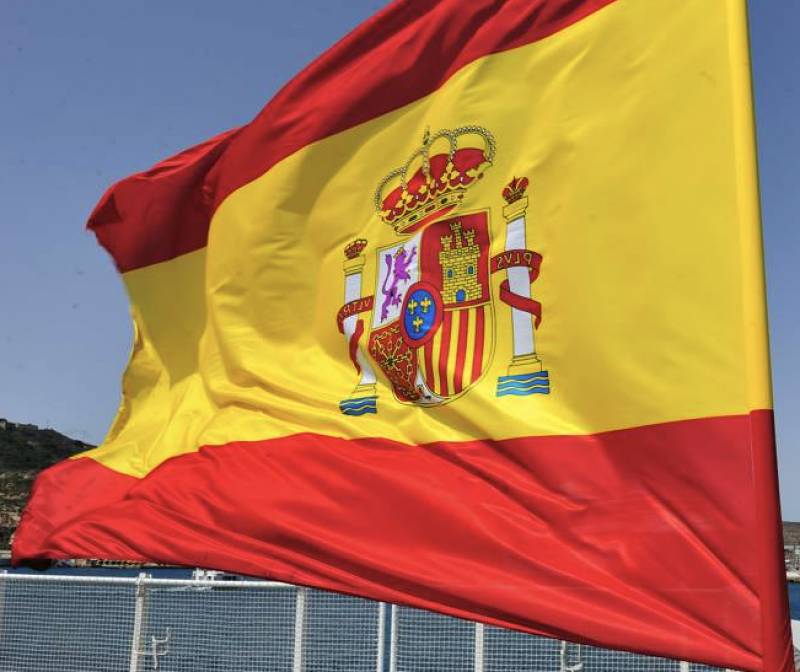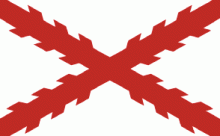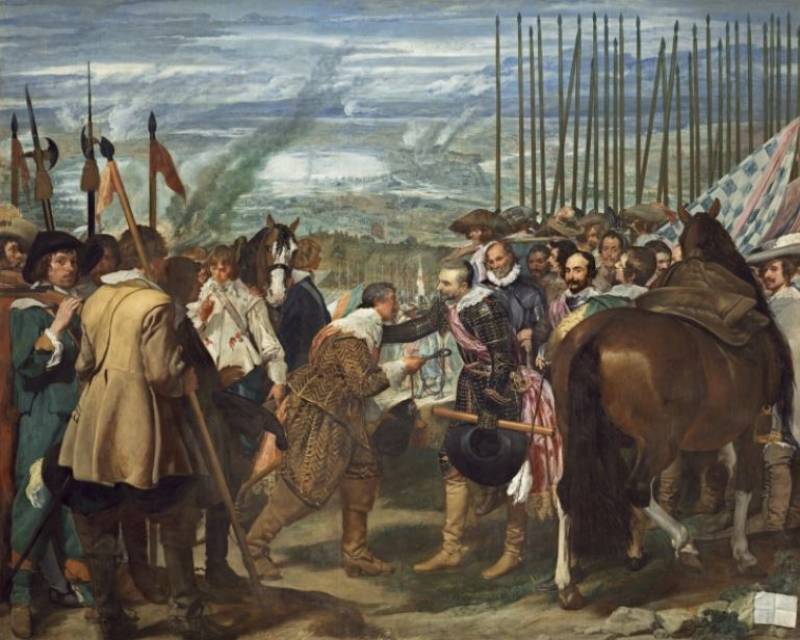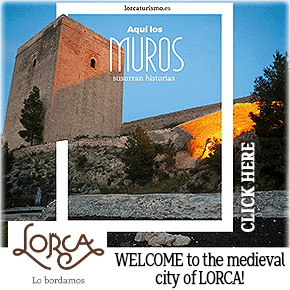- Region
- Águilas
- Alhama de Murcia
- Jumilla
- Lorca
- Los Alcázares
- Mazarrón
- San Javier
-
ALL AREAS & TOWNS
- AREAS
- SOUTH WEST
- MAR MENOR
- MURCIA CITY & CENTRAL
- NORTH & NORTH WEST
- TOWNS
- Abanilla
- Abarán
- Aguilas
- Alamillo
- Alcantarilla
- Aledo
- Alhama de Murcia
- Archena
- Balsicas
- Blanca
- Bolnuevo
- Bullas
- Cañadas del Romero
- Cabo de Palos
- Calasparra
- Camping Bolnuevo
- Campo De Ricote
- Camposol
- Canada De La Lena
- Caravaca de la Cruz
- Cartagena
- Cehegin
- Ceuti
- Cieza
- Condado de Alhama
- Corvera
- Costa Cálida
- Cuevas De Almanzora
- Cuevas de Reyllo
- El Carmoli
- El Mojon
- El Molino (Puerto Lumbreras)
- El Pareton / Cantareros
- El Raso
- El Valle Golf Resort
- Fortuna
- Fuente Alamo
- Hacienda del Alamo Golf Resort
- Hacienda Riquelme Golf Resort
- Isla Plana
- Islas Menores & Mar de Cristal
- Jumilla
- La Azohia
- La Charca
- La Manga Club
- La Manga del Mar Menor
- La Pinilla
- La Puebla
- La Torre
- La Torre Golf Resort
- La Unión
- Las Palas
- Las Ramblas
- Las Ramblas Golf
- Las Torres de Cotillas
- Leiva
- Librilla
- Lo Pagan
- Lo Santiago
- Lorca
- Lorquí
- Los Alcázares
- Los Balcones
- Los Belones
- Los Canovas
- Los Nietos
- Los Perez (Tallante)
- Los Urrutias
- Los Ventorrillos
- Mar De Cristal
- Mar Menor
- Mar Menor Golf Resort
- Mazarrón
- Mazarrón Country Club
- Molina de Segura
- Moratalla
- Mula
- Murcia City
- Murcia Property
- Pareton
- Peraleja Golf Resort
- Perin
- Pilar de la Horadada
- Pinar de Campoverde
- Pinoso
- Playa Honda
- Playa Honda / Playa Paraíso
- Pliego
- Portmán
- Pozo Estrecho
- Puerto de Mazarrón
- Puerto Lumbreras
- Puntas De Calnegre
- Region of Murcia
- Ricote
- Roda Golf Resort
- Roldan
- Roldan and Lo Ferro
- San Javier
- San Pedro del Pinatar
- Santiago de la Ribera
- Sierra Espuña
- Sucina
- Tallante
- Terrazas de la Torre Golf Resort
- Torre Pacheco
- Totana
- What's On Weekly Bulletin
- Yecla


- EDITIONS:
 Spanish News Today
Spanish News Today
 Alicante Today
Alicante Today
 Andalucia Today
Andalucia Today
article_detail
History of the Spanish Flag
The design was chosen by Charles III in 1785 to distinguish Spanish ships on the high seas

We all know and recognise the famous red-and-yellow striped flag of Spain that can be seen fluttering on many balconies and official buildings in the country, but do you know where it came from? This is the history of Spain's national flag.
Before the current design of the flag was adopted, the emblem that characterised the Spanish  monarchy was the Cross of Burgundy, also known as the Cross of Saint Andrew.
monarchy was the Cross of Burgundy, also known as the Cross of Saint Andrew.
 monarchy was the Cross of Burgundy, also known as the Cross of Saint Andrew.
monarchy was the Cross of Burgundy, also known as the Cross of Saint Andrew.That flag was the emblem of the country during the Hundred Years' War and during the time of the Catholic Monarchs. However, due to various historical events, Spain would come to adopt the flag that we know today on October 13, 1843.
The ensign of the Cross of Burgundy became the most characteristic symbol of the Spanish Tercios until the 18th century. It was a fairly widespread icon at the time, to the point that it was portrayed in works of art such as 'The Surrender of Breda' by Velázquez.

However, along with it, armies, ships and other representations of the Kingdom carried a great diversity of shields and ensigns that represented the Spanish monarchy and that generated confusion as many were not recognised as such abroad. Therefore, it was essential for members of the Spanish state travelling the world to have a singular flag.
To complicate matters further, at the end of the 18th century, various branches of the Bourbon dynasty reigned in territories of Europe such as France, Spain, Naples, Tuscany, Parma and Sicily . All the emblems of these Houses had in common the white background colour and could barely be distinguished by the shield at close range. This caused serious confusion at sea, so the first to decide to adopt an easily distinguishable emblem at sea was Charles III in 1785.
From there his Minister of the Navy, Antonio Valdés, presented him with a dozen designs, and the king chose the shape and colours of what is today the flag of Spain. The red and yellow design was adopted by warships, although little by little its use was extended to the various branches of the Army, although, in many cases, it coexisted with the previous designs.
In the 19th century, the Carlist Wars favoured the definitive change of flag, especially because the supporters of Charles of Bourbon as successor to the throne chose the flag of the Cross of Burgundy for their cause.
The bloody wars, especially intense in the north of the peninsula, ended up tipping the balance in favour of the new flag, since the Carlists were defeated after 40 years of conflict.
During the conflict, in 1843, Isabel II decided to replace all the Army's flags with the new design. From then on, all of them had to be 1.47x1.27 metres, and all would have in their centre the circular shield with the Royal arms, with the fleur-de-lis in the centre and the pomegranate at the tip.
The use of the red and yellow flag thus expanded and remained in force even during the First Republic, when all royal symbols were removed from the coats of arms but the flag was kept. This was not the case during the Second Republic, when just two weeks after its proclamation the Government issued a royal decree implementing the tricolour flag of red, yellow and purple stripes with the coat of arms of Spain in the centre, replacing the royal crown with a castle.
At the end of the Civil War, Franco re-established the two-colour flag and included the eagle of San Juan on the coat of arms.
The 1978 Constitution includes the red and yellow flag as the flag of Spain: "The flag of Spain is made up of three horizontal stripes, red, yellow and red, the yellow one being twice as wide as each of the red ones."
The coat of arms does not appear in the Constitution, but is defined by a later law from 1981.
For more information, news and what’s on in your area visit our homepage at the Spanish News Today
Image 1: Archive
Image 2: United States District Court District of Puerto Rico
Image 3: Museo del Prado
Loading
Sign up for the Spanish News Today Editors Roundup Weekly Bulletin and get an email with all the week’s news straight to your inbox
Special offer: Subscribe now for 25% off (36.95 euros for 48 Bulletins)
OR
you can sign up to our FREE weekly roundup!
Read some of our recent bulletins:
Discount Special Offer subscription:
36.95€ for 48 Editor’s Weekly News Roundup bulletins!
Please CLICK THE BUTTON to subscribe.
(List price 3 months 12 Bulletins)
Read more stories from around Spain:
Contact Murcia Today: Editorial 000 000 000 /
Office 000 000 000





















